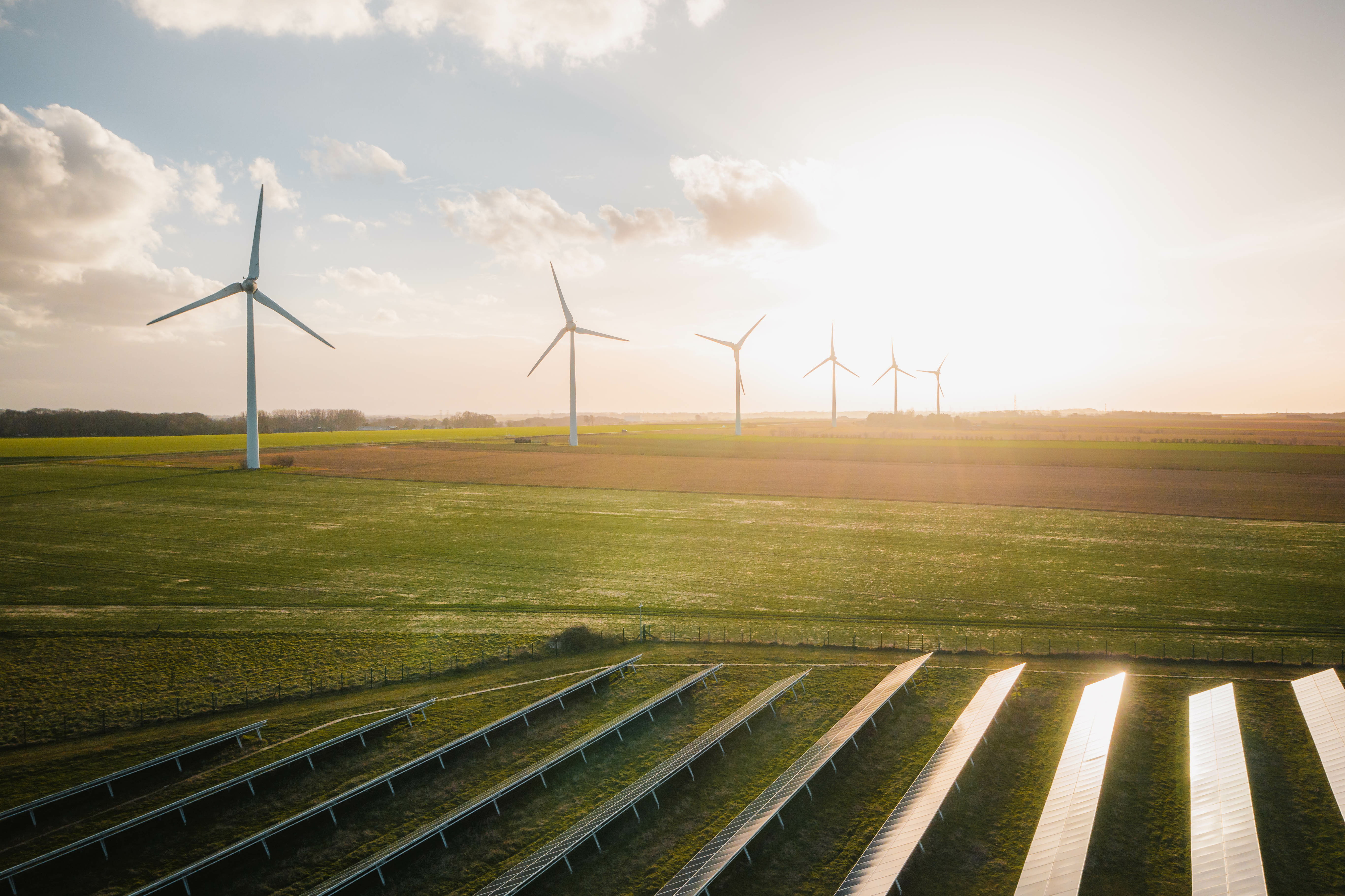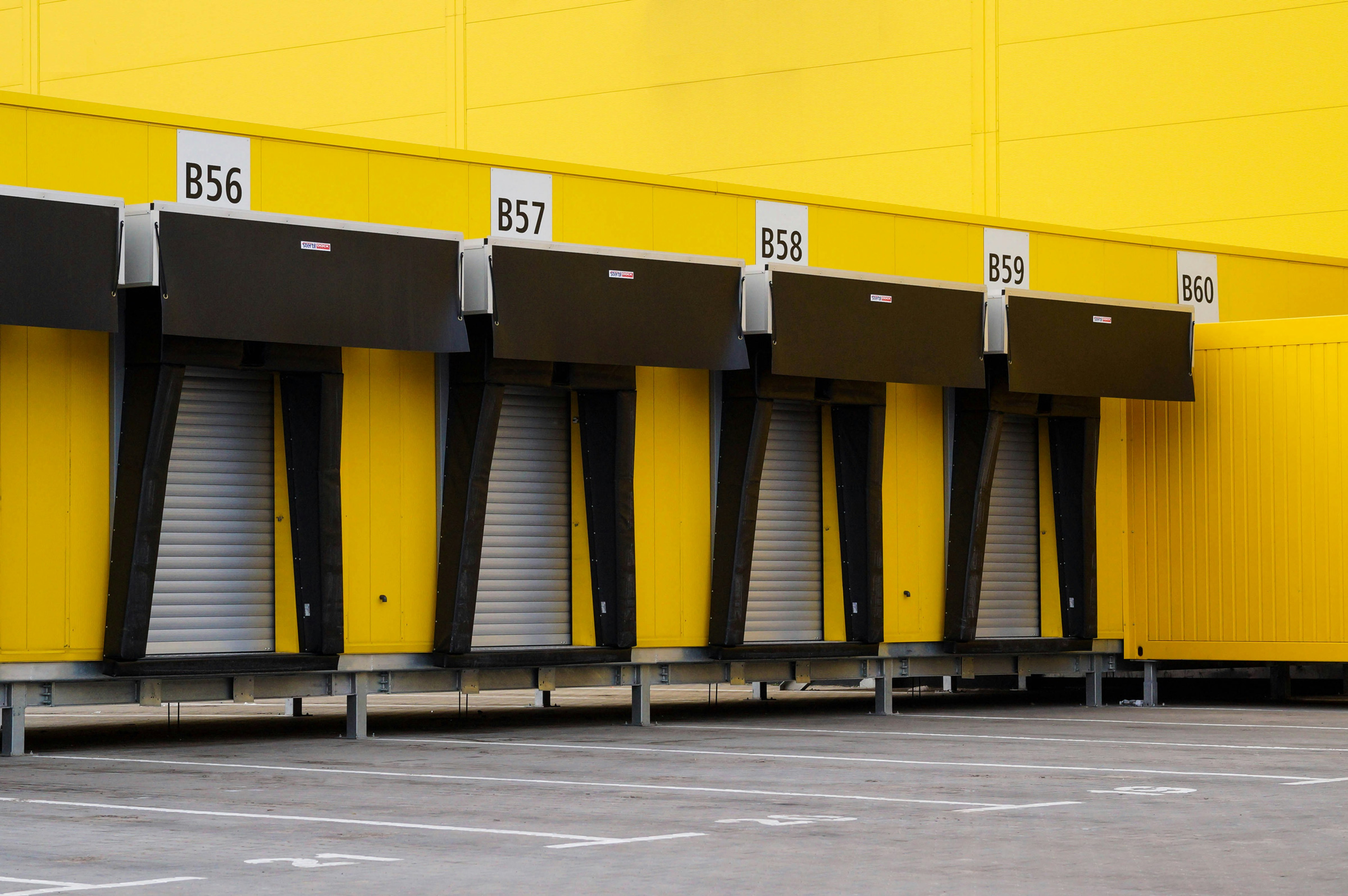Biden is Betting on Buildings. Here’s Where Decarbonization Stands.
Let's Save Energy
Alliance to Save Energy's Blog

At the Department of Energy’s Better Buildings, Better Plants Summit, Energy Secretary Jennifer Granholm announced a series of steps the Biden Administration is taking to decarbonize the built environment. The to-do list showcases that the White House is re-establishing federal leadership in energy efficiency.
Shortly after Biden was elected, the Alliance recommended that the president initiate a series of administrative actions to quickly get efficiency back on track and has advocated for these priorities since. From day one, Biden has been chipping away at that set of to-dos, including rejoining the Paris Agreement and reinvigorating efficiency standards for vehicles and appliances through executive actions.
That said, after roughly 120 days in office came some of the biggest efficiency news yet. The Council on Environmental Quality will partner with agencies to establish new performance standards for federal buildings, expand the voluntary ENERGY STAR program, and initiate a multi-agency demonstration program for grid-interactive efficient buildings.
While focused largely on federal buildings and voluntary programs, the announcement proposed a suite of tools that could help all levels of government pitch in to achieve climate targets, including a carbon-free power sector by 2035 and a net-zero emissions economy by 2050. Here are the major moves:
- Workforce Development. DOE will provide technical assistance and fund up to $30 million in awards for workforce development programs to support high-performance buildings, and will expand its support for organizations including unions, trade associations, and educational institutions as well as career pathways for diverse candidates.
- Federal Building Performance Standards (BPS). The White House CEQ will develop the BPS for federal buildings, in coordination with the General Services Administration, DOE, and Environmental Protection Agency (EPA). The BPS will identify forward-looking targets and will establish metrics and tracking methods to achieve federal emissions goals.
- Low-Carbon Buildings Pilot Program. The DOE’s Better Buildings Initiative will coordinate a public-private partnership with Housing and Urban Development and 55 partners to demonstrate pathways to low- and no-emissions commercial, industrial, and multifamily buildings.
- Heat Pump Water Heater Adoption. DOE will launch an initiative aimed at increasing market adoption of high-efficiency, grid-connected Heat Pump Water Heaters in residential and commercial buildings.
- Expanded ENERGY STAR. In addition to EPA adding a greenhouse gas function to the ENERGY STAR Portfolio Manager, ENERGY STAR will expand to accelerate efficiency and electrification retrofits focused on underserved residential segments through a revamped ENERGY STAR Home Upgrade Program. ENERGY STAR will also develop a certification for cold-climate heat pumps, a voluntary certification for newly constructed residential buildings, and add a new zero-carbon commercial building certification.
There is still a long road ahead to implement these announced initiatives, including the development of metrics and interim targets that will ensure the federal BPS achieve energy and emissions reductions in an affordable and scalable manner. Existing metrics like energy and water use intensity are likely to be bolstered with those tracking carbon emissions, and perhaps even time-of-use, to shift away from times of peak demand. Further partnerships will also be needed to develop appropriate energy baselines and performance metrics for the new ENERGY STAR certifications.
But there is no entity better positioned than the federal government to lead by example by designing and implementing these initiatives. With 14 national laboratories, roughly 300,000 buildings, and the biggest utility bill in the U.S., federal agencies can lead state and local decisionmakers by doing – demonstrating cost effectiveness of technologies in various environments and advising on best practices.
The Alliance looks forward to working with the White House, agencies, and Congress to make significant progress on reducing U.S. energy consumption and emissions – from federal buildings to our homes and businesses.
STAY EMPOWERED
Help the Alliance advocate for policies to use energy more efficiently – supporting job creation, reduced emissions, and lower costs. Contact your member of Congress.
Energy efficiency is smart, nonpartisan, and practical. So are we. Our strength comes from an unparalleled group of Alliance Associates working collaboratively under the Alliance umbrella to pave the way for energy efficiency gains.
The power of efficiency is in your hands. Supporting the Alliance means supporting a vision for using energy more productively to achieve economic growth, a cleaner environment, and greater energy security, affordability, and reliability.



